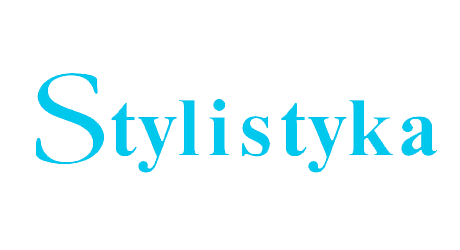

The article shows that in the Russian language there exist three basically different types of stylistical means of the vocabulary. One o f them is the vocabulary which has been traditionally called stylistically shaded. Its distinctive feature is the non-objective stylistic information, contained in it by language presentation of the speakers in literary language (information concerning some communicative situations). The capability of that vocabulary to induce, without a context, a stylistic impression (its stylistic shading) and its linguistic stability, upon which lexicographers and stylists have focused their attention when separating and qualifying stylistically shaded words, are, from a synchronical point of view, secondary features. The second type is the so-called associative-stylistic vocabulary. That one is considered to be stylistically shaded, yet does not contain in itself stylistic information. The third type is the vocabulary, which also does not carry such information nor does it possess stylistic shading or stylistic qualification, but is actually bound to certain spheres of the communicative situation because of its functional dependence upon some specific characteristics of speech. That type of vocabulary is Called constructive-stylistic.
Download files
Citation rules